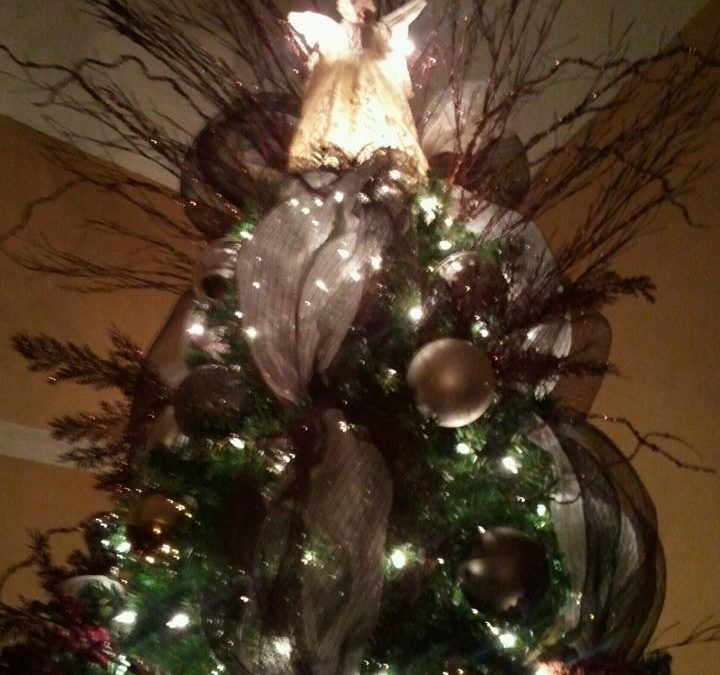
Our Favorite Christmas Movies
November 1, 2014
Beat The Winter Blues With Your GoLite BLU
January 8, 2015The Symbolic Meaning Of A Christmas Tree
The first “Christian” use of the Christmas tree is believed to have originated by Martin Luther around the year of 1500. He was struck by the beauty of a small, snow covered evergreen in the woods. He brought it home put candles on it in which he lighted in honor of Christ’s birth.
Prior to Martin Luther, indoor trees, greenery & lights had many different cultural symbolic meanings. The Egyptians worshiped evergreens and during the winter they brought date palm leaves into their homes to symbolize life’s triumph over death.
The Romans celebrated winter’s arrival with a feast in honor of the “god of agriculture.” They decorated their homes with greens lights and exchanged gifts. They gave coins for prosperity, pastries for happiness, and lamps to light ones journey through life.
In Great Britain, they used holly and mistletoe as symbols of eternal life, and placed evergreen branches over doors to keep away evil spirits.
In the late Middle Ages, Germans and Scandinavians placed evergreen trees inside their homes or just outside the door to showtheir hope for the coming Spring.
The following is the symbolic meaning of my Christmas tree every year:
Evergreen: Represents Eternal life through Christ Jesus our Lord.
Star or Angel on Top: I have used each at one time or the other. The star represents the star in the East that led the three Wise Men to baby Jesus. The angel represents the Angels of the Lord that watch over and protect us.
Ornaments: Represent fruits of the Spirit and the blessings in our life such as family, friends and prosperity.
Lights: Represent Jesus as the Light of the world, and our letting His light shine through us.
Gifts: Representative of God’s love for us and our love for one another.




















